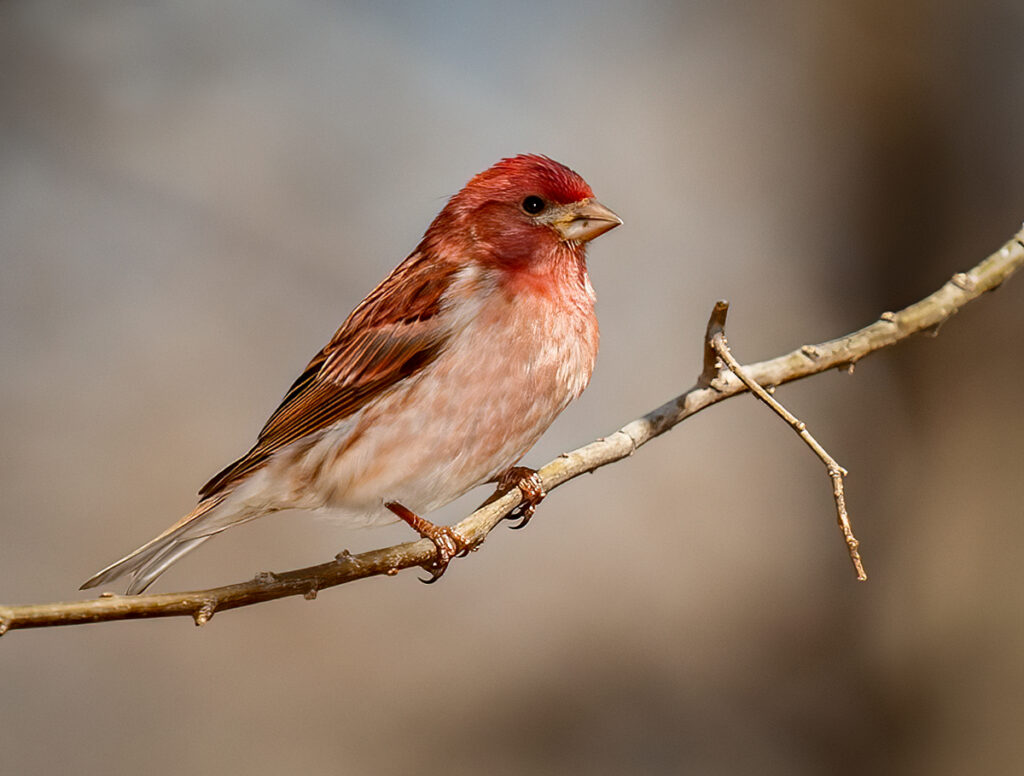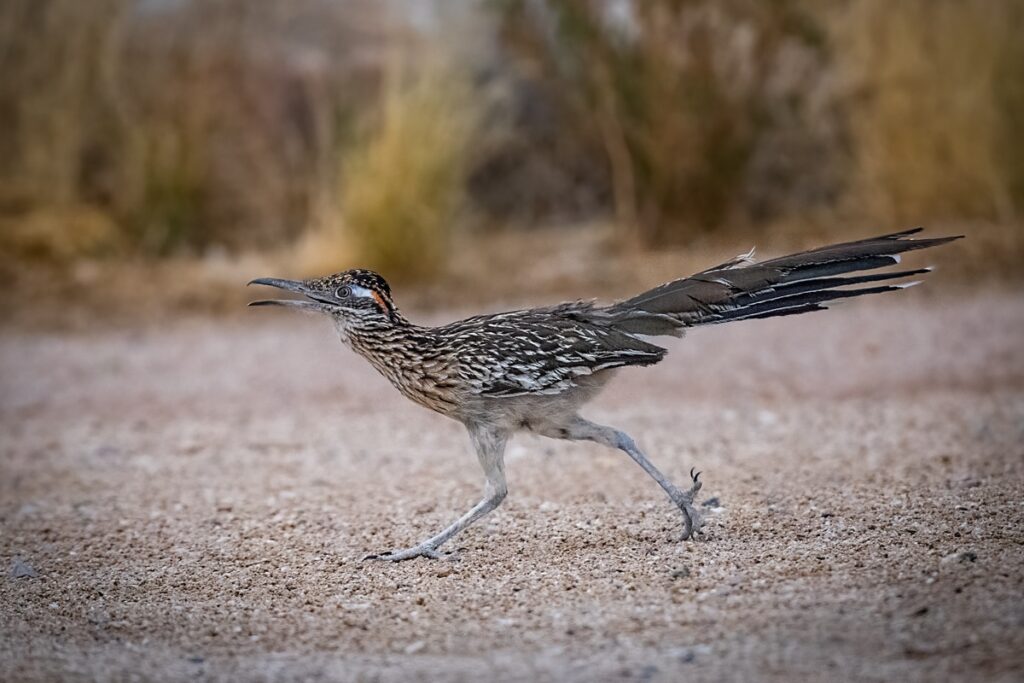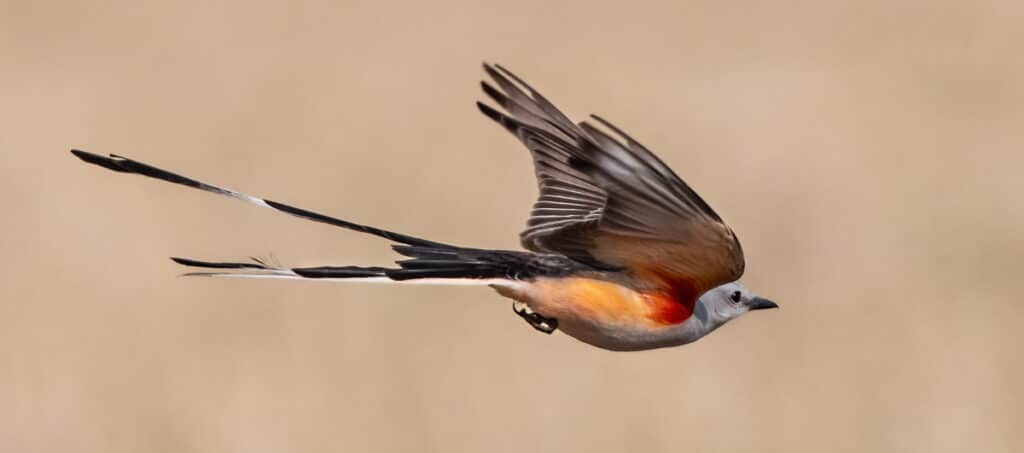
Every state in the US appoints its bird, carefully chosen to reflect the characteristics of each state’s environment and culture. This blog explores the birds chosen for New Hampshire, New Mexico, and Oklahoma.

The Granite State’s Sometime Resident
The Purple Finch was declared the state bird of New Hampshire in 1957, despite not being a resident bird year-round. No other state has the purple finch as its representative, a fact that gave its selection considerable weight. Though the purple finch does migrate south away from the harsh icy winters of the northern state, these striking small songbirds are readily seen throughout much of the year either on their own or in pairs during breeding season. The name purple is a little misleading, of course – they are in fact more raspberry- / rose-colored and are often confused with house finches, who lack the richer, overall coloration. The best clue as to which you’re looking at is geographical area, however. While house finches are ubiquitous across most of North America, purple finches breed in Canada, along the Pacific coast and in the Northeast, then migrate down towards southeastern states including Florida but rarely visit the Interior West at any time of year.

Enchanted Runners
New Mexico’s state bird, the Greater Roadrunner, earned its place as the Land of Enchantment’s state bird in 1949 due to being an iconic symbol of the American Southwest. Known for its streaked appearance giving it that go-faster look accompanied by a shaggy crest and distinctive white and red mask behind the eyes, this member of the cuckoo family reflects the arid landscapes and rich cultural heritage of the state. Famous for being a fast runner, they are capable of reaching speeds of up to 20 miles per hour, and even catch and eat venomous snakes. Conservation programs safeguarding the unique flora and fauna of the Chihuahuan Desert aim to sustain the habitats of these fascinating and impressive looking birds.

The Sooner Scissors
Oklahoma’s grammar-defying nickname comes from the early settlers who entered the Unassigned Lands before the officially sanctioned Land Rush of 1889, a few steps ahead of everyone else to claim their spot in this southern-central state. However, it took another six decades before Oklahoma appointed the Scissor-tailed Flycatcher its state bird in 1951. This bird’s elegant appearance is dominated by its striking long tail feathers – resembling a pair of scissors – which can grow up to a foot long. No other state has designated this bird, which, along with its frequent sightings across the grasslands and prairies of Oklahoma and its propensity for eating harmful crop-damaging insects, made it the perfect candidate for a state bird. Restoring native grasslands and minimizing habitat destruction are crucial aspects of ensuring the continued well-being of these birds. More people outside of the southwestern states and America have become familiar with this flycatcher due to its commanding presence on the cover of the hit board game, Wingspan.


